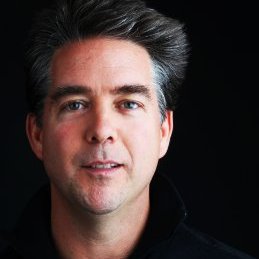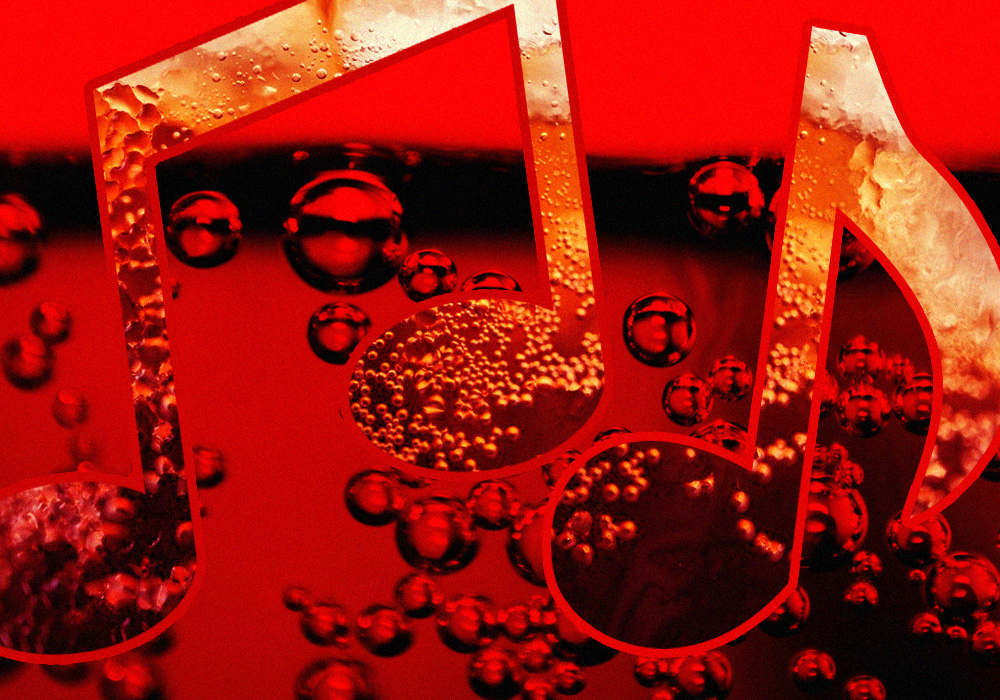Branded content as entertainment is growing in propensity as companies bypass the traditional ad and marketing models to connect with consumers through pop culture.
For a world famous company like Coca-Cola, where more likely than not you’ve enjoyed their soda pop products at one point or another—or even right now—they are bringing flavor into the music and film space with a series of activations that compellingly mixes caffeine with content.
Coca-Cola’s roots in music go back to 1899 when Hilda Clark, a dance hall singer, became the first celebrity for their advertising campaign. For the 131-year-old company, there is plenty of lineage in the space, highlighted in recent years by championing and helping develop emerging artists by partnering with licensing company Music Dealers, releasing anthem songs for the Olympics and EURO Cup, and more recently, launching the social music app Placelists with Spotify, who they also curate a #FirstTasteFriday music playlist with as part of a strategic partnership. There’s Coca-Cola’s catchy melody, too.
Last year, Coca-Cola, who has a product portfolio made of 500 sparkling and still brands and a near $4 billion annual marketing budget, accidentally discovered their new brand platform after pulling off a spontaneous and successful live video activation during the Rio Olympics with singer Cody Simpson. That particular breakout led to the idea and introduction of Coke Music TV, which features artists who deliver live music acts in a Coke-curated environment.
Then there is the glitz and glamor under the bright lights, like Coca-Cola sponsoring the March Madness Music Festival during the Final Four in Phoenix this past weekend and putting on acts like Aerosmith, Macklemore & Ryan Lewis, Blink 182, The Chainsmokers, Grouplove and Capital Cities for fans to enjoy.
Hardcore fans deserve hardcore bands. Check out @TheChainsmokers road to the Final Four Music Festival. pic.twitter.com/1WJbtYujRk
— Coca-Cola Music (@CokeMusic) April 4, 2017
News flash: branded content works better than a hard sell, and even more so if it’s tied together with an experience, and celebrities. The proof is in the pudding when it comes to it resonating better than both traditional and modern channels to promote the brand and products.
According to a September study from Forbes, branded content leads to 59 percent better recall than other digital advertisements, and consumers are 14 percent more likely to look for additional content from a company after a single impression of branded content.
Marketers from a variety of brands like Starbucks, Cap’n Crunch, Nutella and Lexus are increasingly using branded content in favor of traditional ads—which typically have a limited shelf life—to improve recall, brand perception, intent and consideration.
Nick Felder, Coca-Cola’s global and corporate group director for film and music production, joined [a]listdaily, to open a can of intel on their approach in branded entertainment space.

You’ve been at Coca-Cola for over 10 years. How has the company’s film and music strategy evolved to what it has become today, and how do you see it further growing to foster creativity in the brand’s marketing?
It’s primarily focused on two things: innovation and re-use. Innovating with new production techniques, new technologies, new approaches, using data to inform creative on the fly, and more. This will never change. And that’s the great thing about working at Coca-Cola. The other is about re-use, and making more things that can be used in more ways and more places than ever before. The biggest change in the last decade that I’ve been here is there is much more reality to these things these days. We have dozens of examples of really awesome innovation in recent years, and re-use is really becoming an embedded practice in our production approach globally.
Your career path before Coca-Cola consisted of working with clients on the agency side. How has that helped you apply creative learnings throughout your time at Coca-Cola to reach consumers?
Seeing issues from opposite sides helps a lot. Like anything in life, the more perspectives you can bring to an issue, the better informed your opinion will be. Having nurtured very immature ideas into full-grown creative expressions is very humbling. Understanding why certain ideas have endless potential, while others are simple one-offs, is not easy. But it’s at the core of what we do. Having that diversity of agency background was essential.
What was your main takeaway from experimenting with packaging and turning Coca-Cola boxes into a VR headset last year? What insights can you share?
To be perfectly honest, that was a conversation over beers with a colleague. We were astounded at the simplicity of the Cardboard viewer. This incredibly basic thing can provide such a disproportionately premium experience. We began talking about how to make one out of recycled packaging materials—more re-use!—and we kept riffing as we drank. In the morning, I made a few calls, and off we went. But the insight was around providing access to the medium, not creating content.
Which music platforms present the biggest opportunity to reach new Coca-Cola consumers? How is Coca-Cola connecting musicians and artists in the industry and producing content that consumers will have an affinity for?
Spotify is still a big partner of ours. But perhaps the biggest musical property in the world for us right now is Coke Studio, a live musical performance TV series. It’s not well known in the States, but is in its eleventh season in Pakistan, ninth in India, third in East Africa and second in South Africa. It’s a studio-based show of live performances that brings together young contemporary artists and older master musicians to perform modern interpretations of classical songs from those regions. Keep in mind that some of those cultures have a musical heritage that goes back thousands of years. So it’s an opportunity to celebrate what is inherently and culturally their own—but with modern pop stylings. If you are not familiar, spend a little search time on YouTube and check them out. They are really fascinating.
What social platforms are you currently looking at to further build out Coca-Cola’s narrative in music and film?
I want to stay away from the term “narrative” because for many of the social platforms, our presence could be experiential, or informational, or simply maintaining a presence. I love narrative forms too, of course, but that can sound very TV-centric—like we’re just looking at these platforms to run extensions of our broadcast work. I think that can be very shortsighted, and doesn’t really use social media in a way that leverages their unique strengths—narrative or otherwise. Face scanning with graphic overlays? Awesome! But that’s not storytelling.
How do you factor and value the emergence of livestreaming? How does experimenting in such spaces help establish brand relevancy?
Livestreaming is cool, but it needs to accompany a degree of newsworthiness, right? Or at least risk, which is a central element to any live telecast. It’s got to produce news or drama, like sports, or have the potential for an unintended result, like a press conference. I think a lot of livestreaming happening now is just getting familiar with the novelty, rather than truly leveraging the ‘live’ part.
Which martech—like AI, machine learning, etc.—is Coca-Cola increasingly placing more emphasis on? What are the benefits of doing this in-house versus outsourcing to an agency?
The question has many levels, but we’re looking at all of these—and more. But where it all comes together is when data can actually inform the creative idea—either at the ideation stage, or at the point of consumer display. That’s at the heart of programmatic. The implication of that is more modular productions, creating more content that can assemble like little Lego pieces on the fly.
How are you developing through data and making it work for you?
There are individual attempts in individual markets that are achieving varying degrees of success with this. My focus is on bringing some scale to these and tightening our global tools that can aggregate data for our larger, multi-market platforms, and then re-providing that output back to markets in ways they can use. So the short answer to your question is that I’m up to my neck in operational harmonization right now!
Follow Manouk Akopyan on Twitter @Manouk_Akopyan

